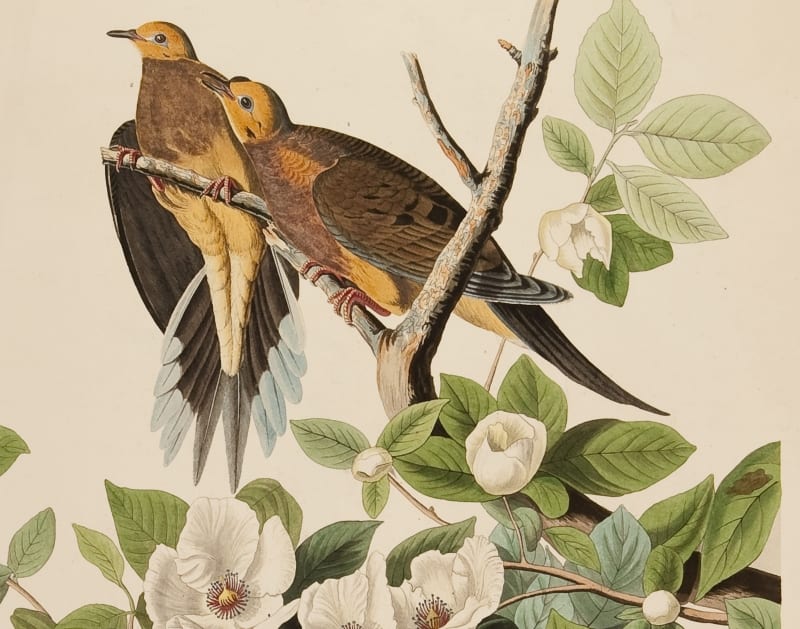This week we are launching our latest temporary exhibition in Crush Hall. This month’s display is entitled “Matters of the Heart” and comes just in time for Valentine’s Day.
The centrepiece of this month’s exhibition is William Harvey’s groundbreaking work on the circulation of the blood, Exercitatio Anatomica de Motu Cordis et Sanguinis in Animalibus. The book was first published in 1628, and the College Library holds a 2nd edition from 1639. Harvey is credited with being the first person to accurately describe the system of blood circulation in humans, and the publication of his seminal work marked a turning point in our understanding of the heart, blood vessels and human physiology.

A plate from Harvey’s “De Motu Cordis”, demonstrating that blood can only move along the veins in one direction
General acceptance of Harvey’s revolutionary theory was not immediately forthcoming, as many regarded his work as a direct contradiction to highly regarded Galenic theory, while others were unwilling to relinquish the Christian idea of the heart as an organ vital to the regulation of character and spirituality. On display alongside De Motu Cordis is Nathaniel Highmore’s Corporis Humani Disquisitio Anatomica (1651). Highmore’s book was one of the first published in England to openly accept Harvey’s ideas of circulation. Also on display is Johann Vesling’s Syntagma Anatomicum (1647), an anatomical volume which includes an engraving of the anatomy theatre at Padua where Harvey would have attended demonstrations by Fabricius.
In addition to these volumes, a number of other items relating to the heart are on display. These include an early example of a wooden, monaural stethoscope and a selection of books important to the history of cardiology. We have also included a couple of volumes that focus more on the romantic rather than the physical function of the heart, looking at diseases such as “erotique melancholy” and “amorous consumption”, arising as an unintended side effect of romance.
Finally, we have changed the pages of Audubon’s Birds of America in the Library Reading Room to show two pairs of turtle doves (Columba Carolensis). Although white doves are usually chosen to symbolize love and peace, we feel these birds look particularly happy together!

Turtle Doves, from pl. 17 of J. J. Audubon’s “Birds of America”
Crush Hall and the Library Reading Room are open to the public from 2pm until 5pm every Monday. Please email us at library@rcpsg.ac.uk to arrange a visit outwith these hours. This exhibition will be on display until the end of February.


Reblogged this on x i b e r ' c u a d e r n o ♥ and commented:
interesante imagen